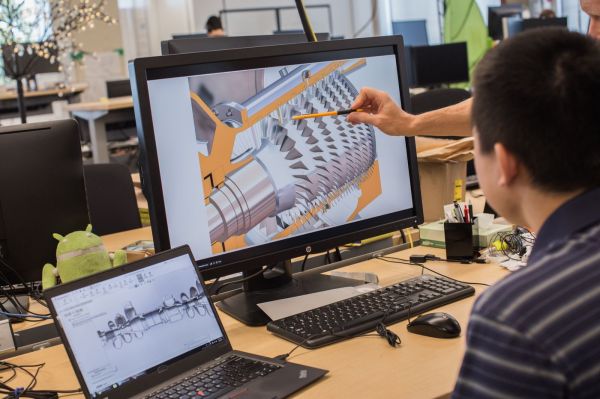Storing the energy produced from renewable sources is a significant challenge, and one that a number of players, including Tesla, are looking to address. Add Alphabet’s X (formerly Google X) to the list of those making an attempt: Its new Malta project is focused on building storage facilities that can support full-scale power grids.
The Malta project, described by Bloomberg, uses cold antifreeze and hot salt to store power, in a system designed to keep power in reserve for longer than lithium-ion batteries, which are what Tesla uses to keep its power using the commercial-scale Powerpack stations that populate installations like its Kauai-based facility.
Malta is another “moonshot” from the ambitious X lab, which also spawned initiatives like the self-driving car project at Google that became Alphabet, as well as Google Glass. It’s also been looking at a few different energy-focused projects, but Malta seems one of the more promising.
Here’s how it works: Two tanks get filled up with salt, and another two are filled with antifreeze (or a similar hydrocarbon liquid), and then the system takes in electricity generated by renewable sources like wind or solar. This is converted into both hot and cold air, which heats up the salt and cools down the antifreeze. Then, the process is reversed, with hot and cold air pushed towards each other and resulting in gusts of wind that move a turbine, generating usable electricity again for the grid.
This kind of thing is needed because renewable generation has typically had trouble dealing with peak and off hours of power consumption. A fuel-based power generation facility can spin up when the grid needs the power on-demand; solar and wind generate when nature makes it possible to do so, and the schedules don’t necessary line up with human use.
Rather than just discarding excess energy, and falling short during off-peak times, storage solutions like Malta and Tesla’s Powerpack allow generation at peak generation times, and distribution at peak consumption times. As governments and utilities globally look to invest more in renewable power generation, storage will be an increasingly valuable commodity.
